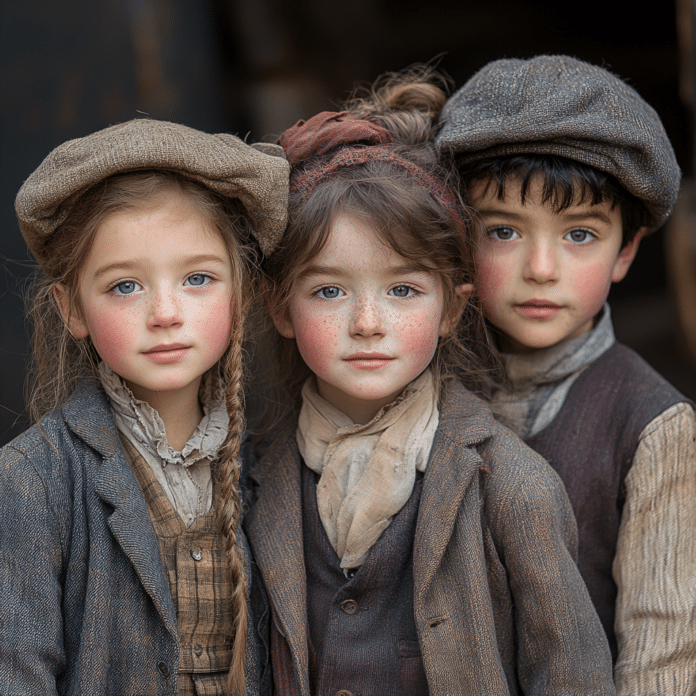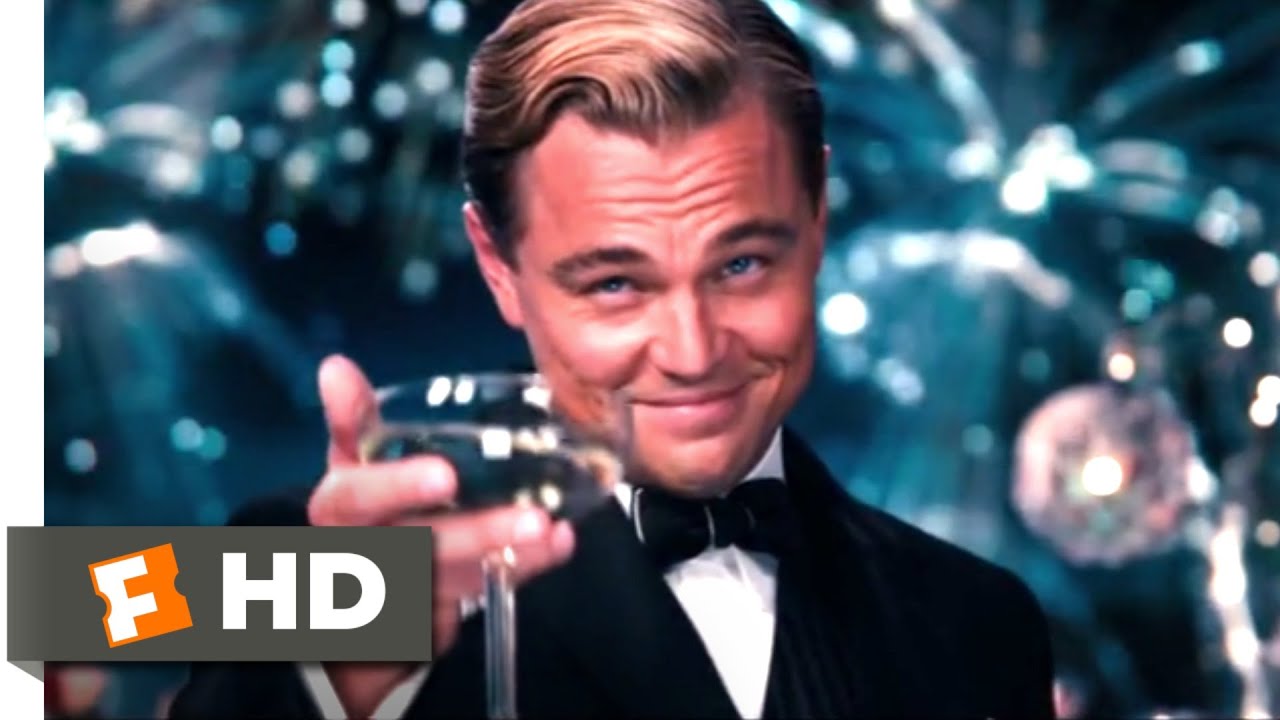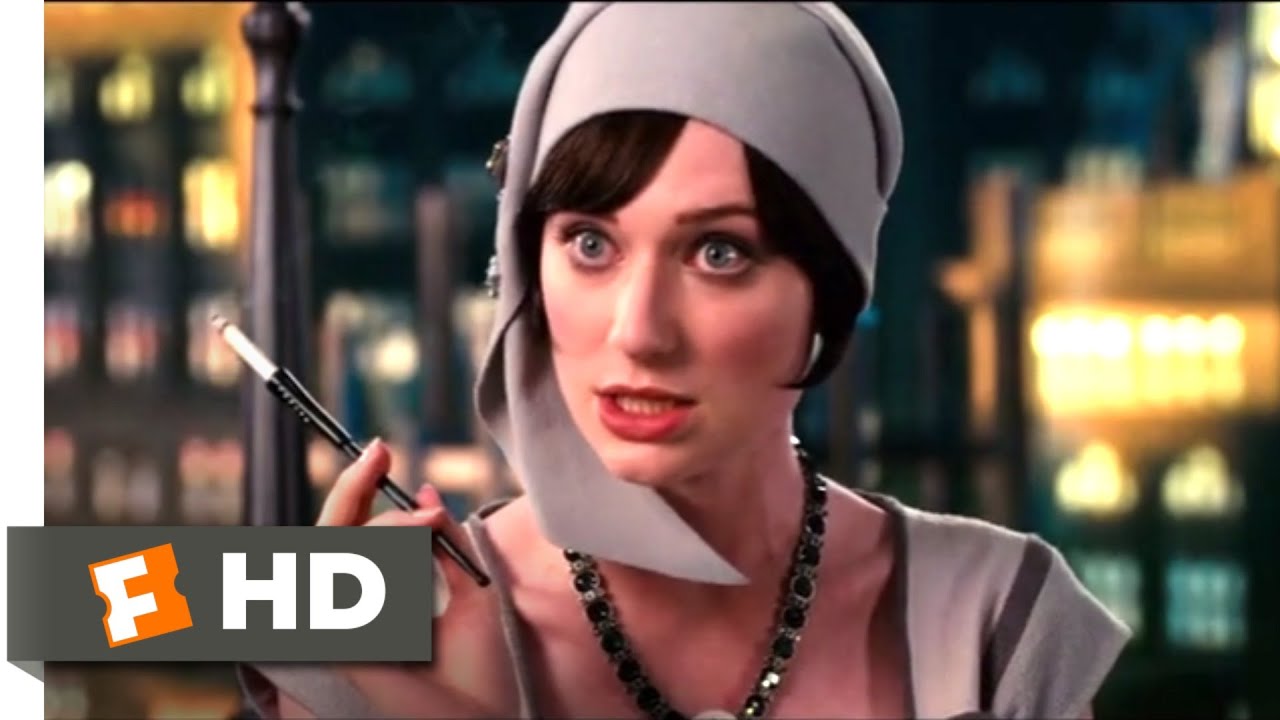The 2013 adaptation of The Great Gatsby, directed by Baz Luhrmann, has left an indelible mark on cinematic history. Melding vibrant visuals with a critical examination of the American Dream, this film stands as a remarkable interpretation of F. Scott Fitzgerald’s classic novel. By blending stunning aesthetics and a contemporary soundtrack, The Great Gatsby 2013 provides audiences with a sensory experience that demands to be explored in-depth. So, grab your favorite snack, and let’s dive into the dazzling world of Gatsby!
Top 7 Visual Elements That Make The Great Gatsby 2013 Stand Out
The opulent world of Jay Gatsby is brought to life through remarkable set design. Production designer Catherine Martin painstakingly crafted spaces that feel both lavish and believable. Utilizing historical locations like the Plaza Hotel, she creates an authentic vibe that emphasizes Gatsby’s extravagant lifestyle. The grandeur of the Buchanans’ mansion starkly contrasts the desolation of the Valley of Ashes, reinforcing the themes of wealth and moral decay.
Martin’s creativity shines in the costumes, reflecting the fashion of the Roaring Twenties while freshening it up for today’s crowd. Daisy Buchanan (played beautifully by Carey Mulligan) dons iconic flapper dresses, while Leonardo DiCaprio’s Gatsby dazzles in impeccably tailored suits. This visual spectacle not only captivates viewers but symbolizes deeper themes of identity and aspiration weaving through the storyline.
Simon Duggan’s dynamic cinematography breathes life into the film with a blend of slow-motion sequences and vibrant color palettes. His use of wide-angle lenses draws audiences deep into the characters’ world. Pivotal moments—like Gatsby’s extravagant parties or the gripping confrontations—are visually intense, leaving you on the edge of your seat.
One of the boldest and most memorable choices in The Great Gatsby 2013 is its eclectic soundtrack. Featuring contemporary artists such as Jay-Z, Lana Del Rey, and Florence + The Machine, it fuses jazz-inflected hip-hop with orchestral arrangements. This contemporary twist enhances emotional stakes during crucial scenes and invites younger viewers to connect with Fitzgerald’s themes of disillusionment—talk about a musical time machine!
The film utilizes color as a storytelling device. Bright hues envelop viewers in joy and celebration during Gatsby’s lavish parties, while muted tones dominate darker, more tragic scenes. This strategic palette not only enriches the visual experience but immerses the audience into the emotional arcs of the characters—who could forget those contrast-filled parties?
Luhrmann employs symbolism effectively, with the persistent green light at the end of Daisy’s dock representing Gatsby’s unreachable dreams. This visual motif serves as a constant reminder of desire and the futility that often comes with it. Layering such imagery throughout the film bolsters Fitzgerald’s commentary on the elusive American Dream.
Luhrmann’s inventive framing techniques are crucial in establishing thematic contrasts. The visual juxtaposition between the opulence at Gatsby’s mansion and the bleak landscapes of the Valley of Ashes captures the moral decay hidden beneath the surface glitter of 1920s America. Such creative decisions amplify the impact of the narrative.
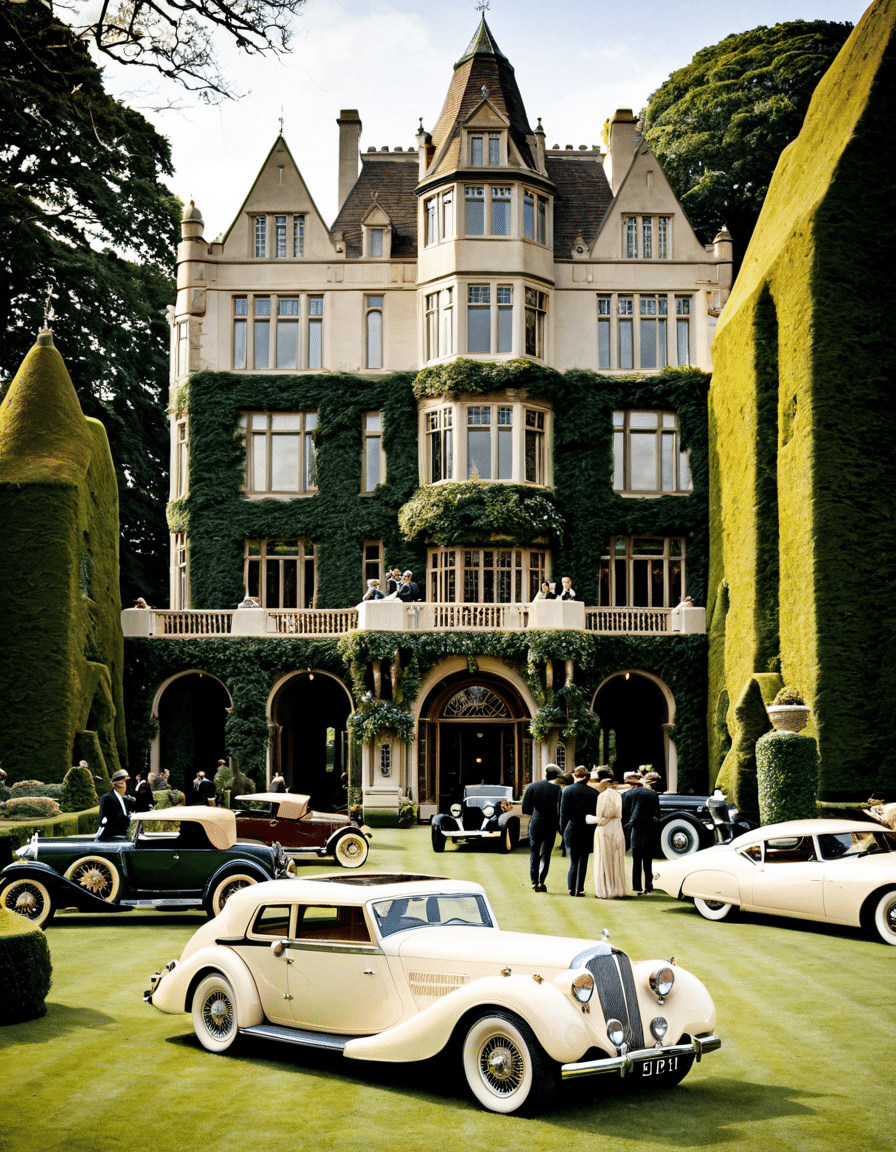
The Great Gatsby 2013: A Theatrical Interpretation of an Enduring Classic
The Great Gatsby 2013 serves as a striking reminder of how literature can be shaped into a visual spectacle while maintaining core themes. Baz Luhrmann’s adaptation encourages viewers to see beyond the glitz and glamour of the Jazz Age, delving into the deeper societal critiques present in Fitzgerald’s work. When you look closely at the film’s visuals, you gain a better appreciation for its cultural significance—ten years later, it still resonates.
As we navigate a world full of rapid change and shifting societal values, the film’s exploration of aspiration, identity, and the chase for the American Dream rings just as true today. Through artful design, a modern soundtrack, and deliberate visual storytelling, The Great Gatsby 2013 not only honors its source material but reinvents it for a new generation. It solidifies its status as a stunning visual masterpiece that continues to captivate audiences and spark conversations about dreams, wealth, and the human experience.
In today’s world of cinema, where the likes of Bobs Burgers and other clever adaptations dominate, remembering films like The Great Gatsby 2013 is essential for appreciating the rich tapestry of storytelling. If you’re hungry for more film analysis or want to dive into the behind-the-scenes world of Minx Season 2 or explore the cast Of Bullet train film, hang tight! This journey through film history is just getting started.
Speaking of journeys, whether you’re a fan of contemporary film or enjoy classic adaptations, remember that great storytelling knows how to engage through visual spectacle and emotional depth. Just like Aaron Sorkin’s masterful narratives or Quvenzhané Walliss insightful career, every film leaves its mark, inspiring conversation and reflection long after the credits roll. So, what’s your takeaway from The Great Gatsby 2013? Keep the conversation going and share your thoughts!
The Great Gatsby 2013: Fun Trivia and Interesting Facts
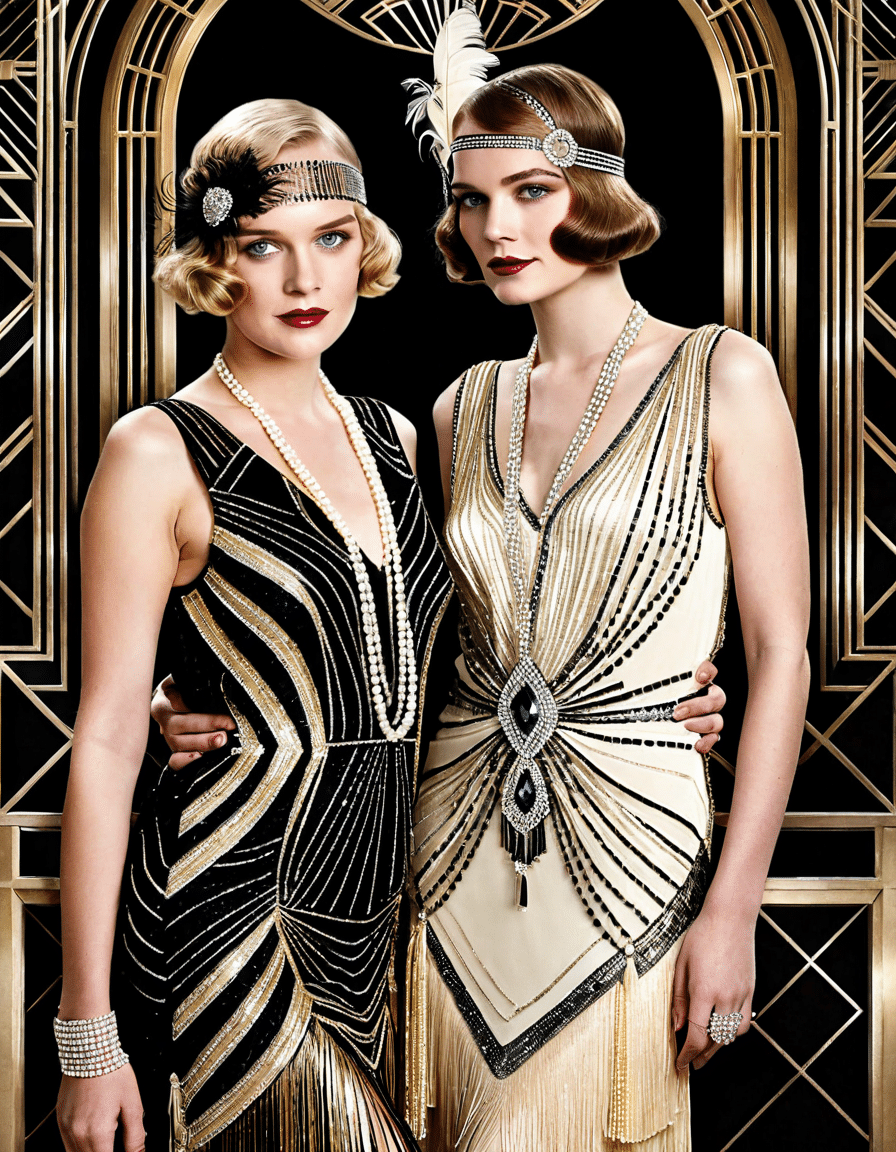
A Visual Delight and Iconic Cast
Did you know that “The Great Gatsby 2013” was a feast for the eyes, not just in terms of storytelling but also through its stunning visuals? Directed by Baz Luhrmann, the film brought to life an extravagant look that matched the opulence of the Jazz Age. The lavish parties and dream-like sequences were inspired by a range of historical references and creative choices. Oscar-winning costume designer Catherine Martin went all out, creating outfits that were the embodiment of the 1920s flair, elevating the film’s aesthetic. Speaking of distinctive choices, the artistic touch can also be seen in the casting. Care to know how casting choices can shape a production? Just like Bonnie Bartlett, who had a diverse portfolio, the actors assembled for “The Great Gatsby” came from varied backgrounds, enriching their performances.
Behind the Scenes Secrets
Continuing with the behind-the-scenes magic, surreal elements were seamlessly blended with real-world intricacies, making every shot memorable. For instance, the green light across the bay symbolizes Gatsby’s hopes and dreams. According to some interviews, Leonardo DiCaprio put his heart and soul into playing Jay Gatsby, almost embodying the character beyond the script. There were hints that his performance came from deep personal reflection, making it all the more compelling. You know, just as there are countless tales associated with Julie Banderas, the stories behind the cast’s dedication could fill an entire volume.
Cultural Impact and Hidden Gems
This film doesn’t just stop at dazzling visuals; it also sparked discussions about its cultural significance. It’s fascinating how “The Great Gatsby” has made waves even outside cinema, influencing fashion trends and music styles. The soundtrack, curated by Jay-Z, mixes classic and contemporary sounds, making it a bold statement of today’s culture. Speaking of bold choices, remember the film Ghost Ship? Both productions play with heavy themes and emotional depth while remaining visually striking. This interplay of media showcases how stories can resonate across different experiences, inviting viewers to delve deep and reflect. With all this glitz, it’s impossible not to love “The Great Gatsby 2013, a modern classic that continues to leave its mark!


